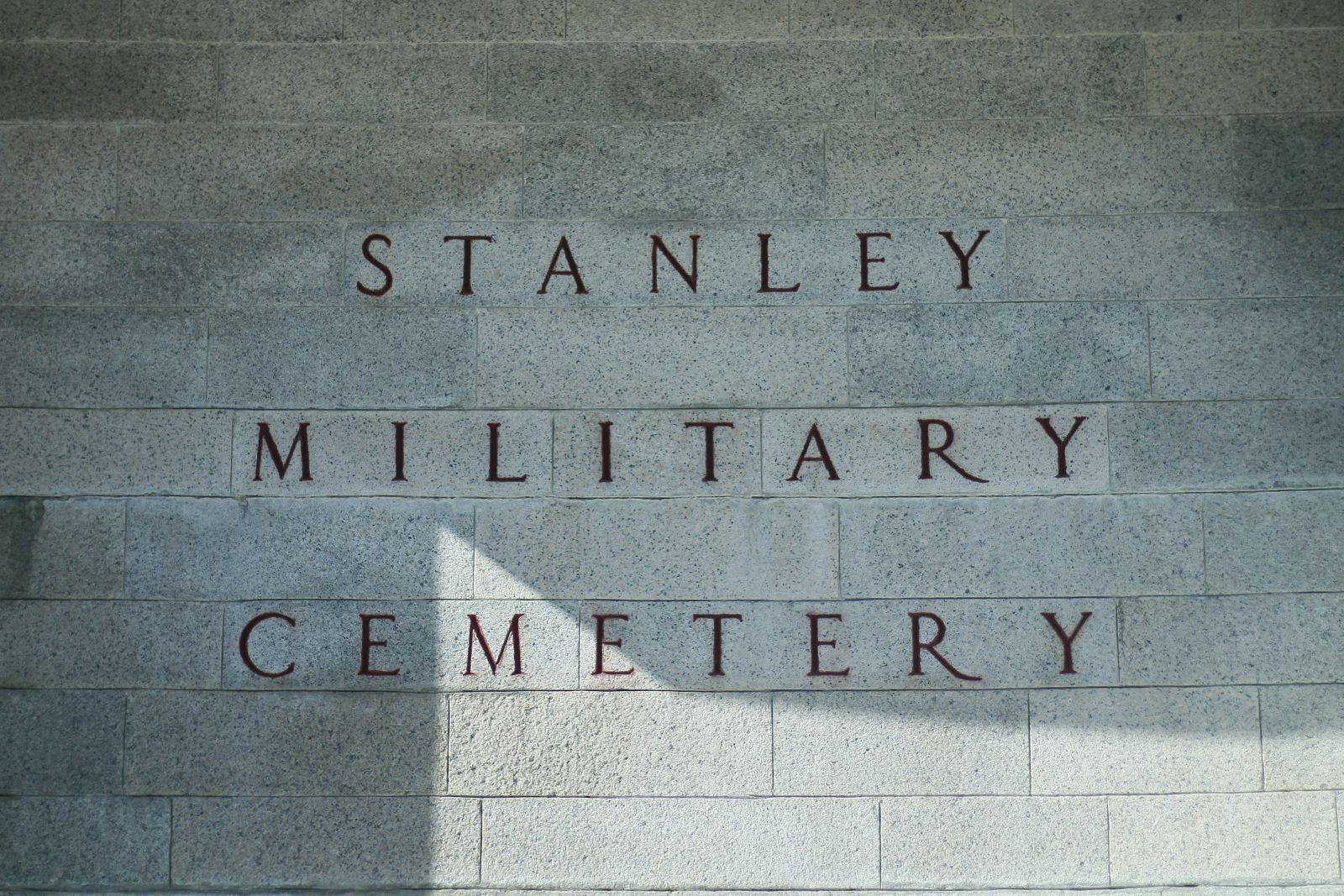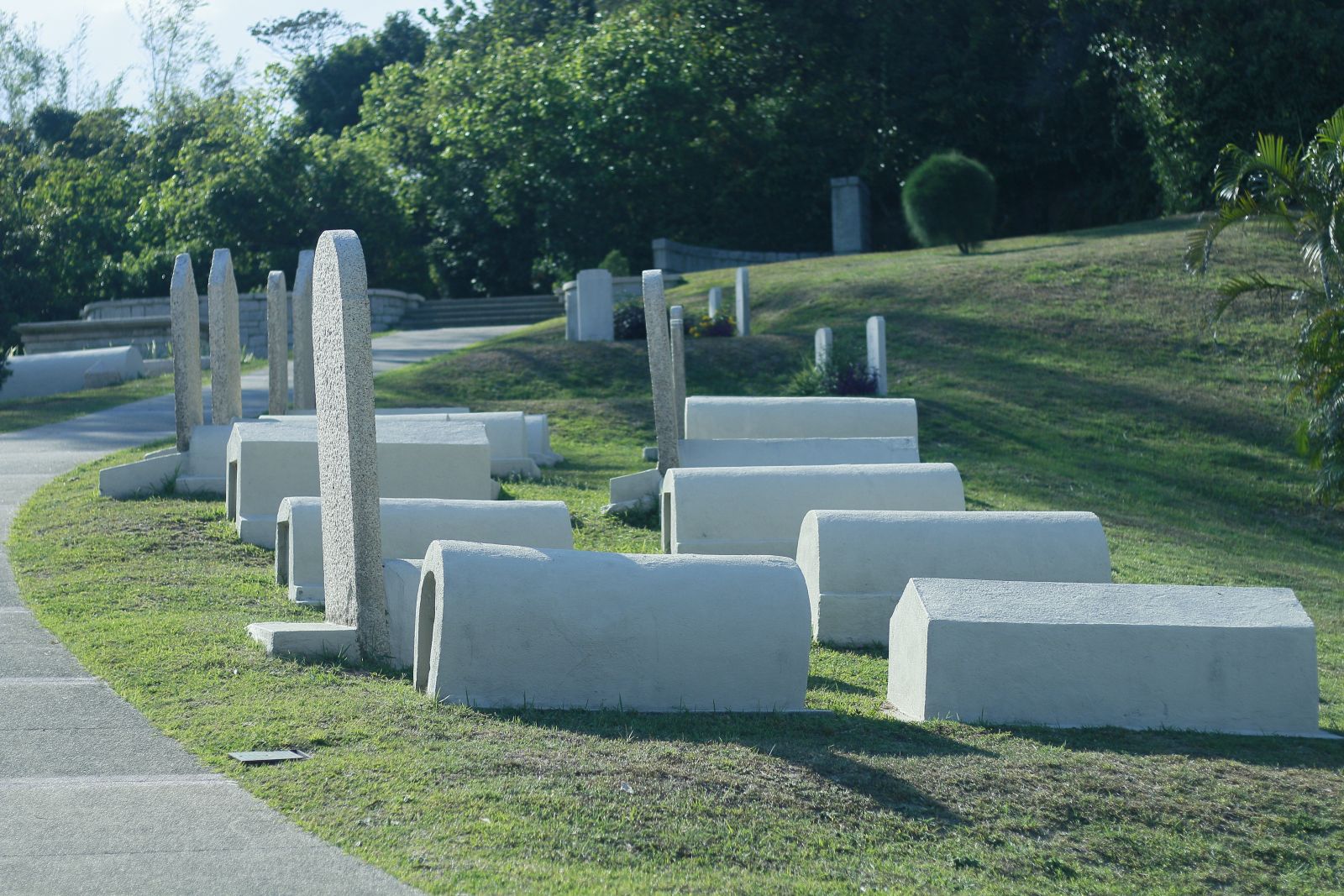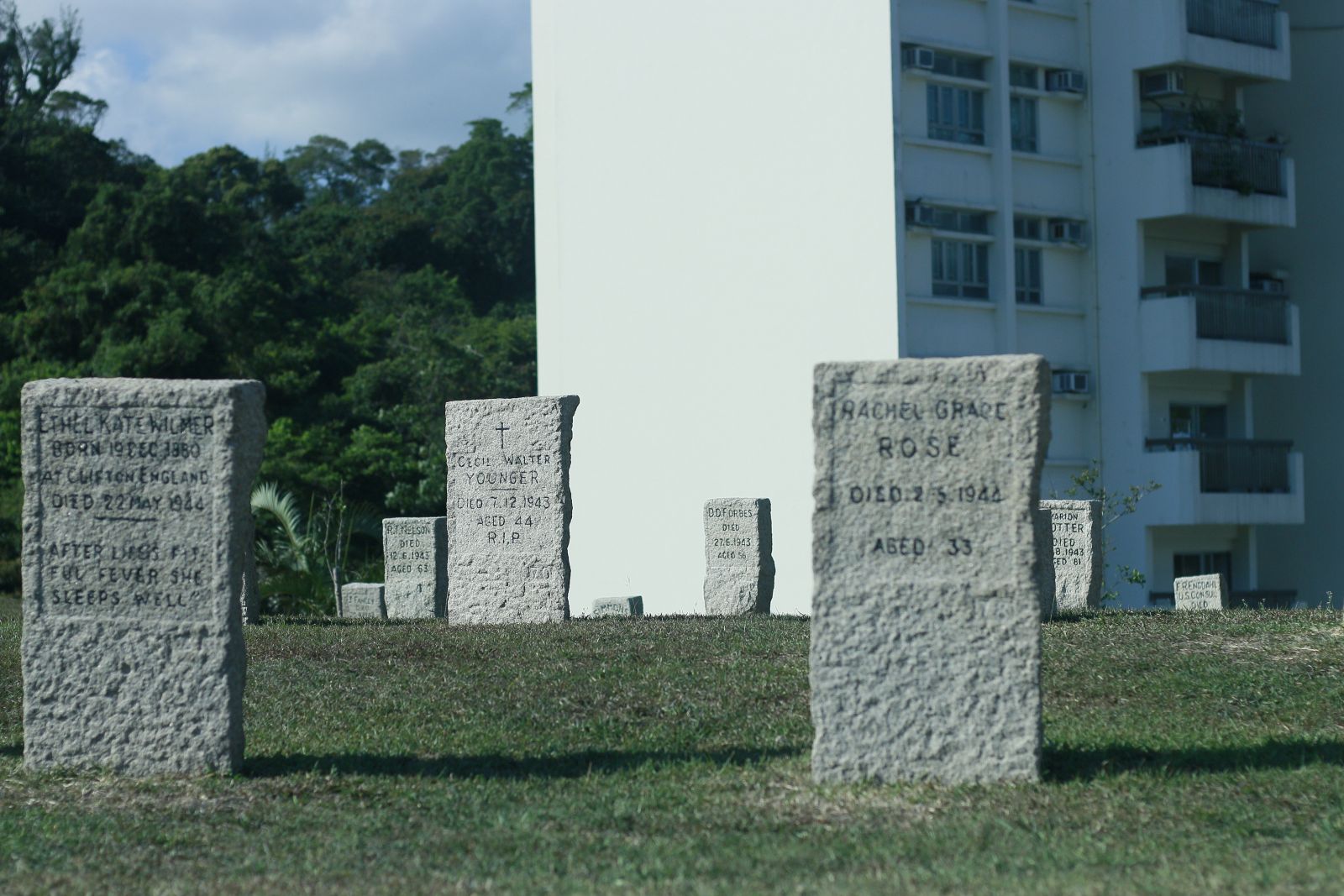In this city of constant change, where buildings rise and fall and people move in and out, the history of Hong Kong is still present at the Stanley Military Cemetery. This site not only provides a place for reflection on past battles, but also offers glimpses into why Stanley is significant to the founding of Hong Kong. As you travel south along Wong Ma Kok Road, you will catch sight of the Cross of Sacrifice protruding from an octagonal base. Followed by a flight of steps, you will soon enter the serene grounds of this cemetery, which exudes a sense of quiet solitude.
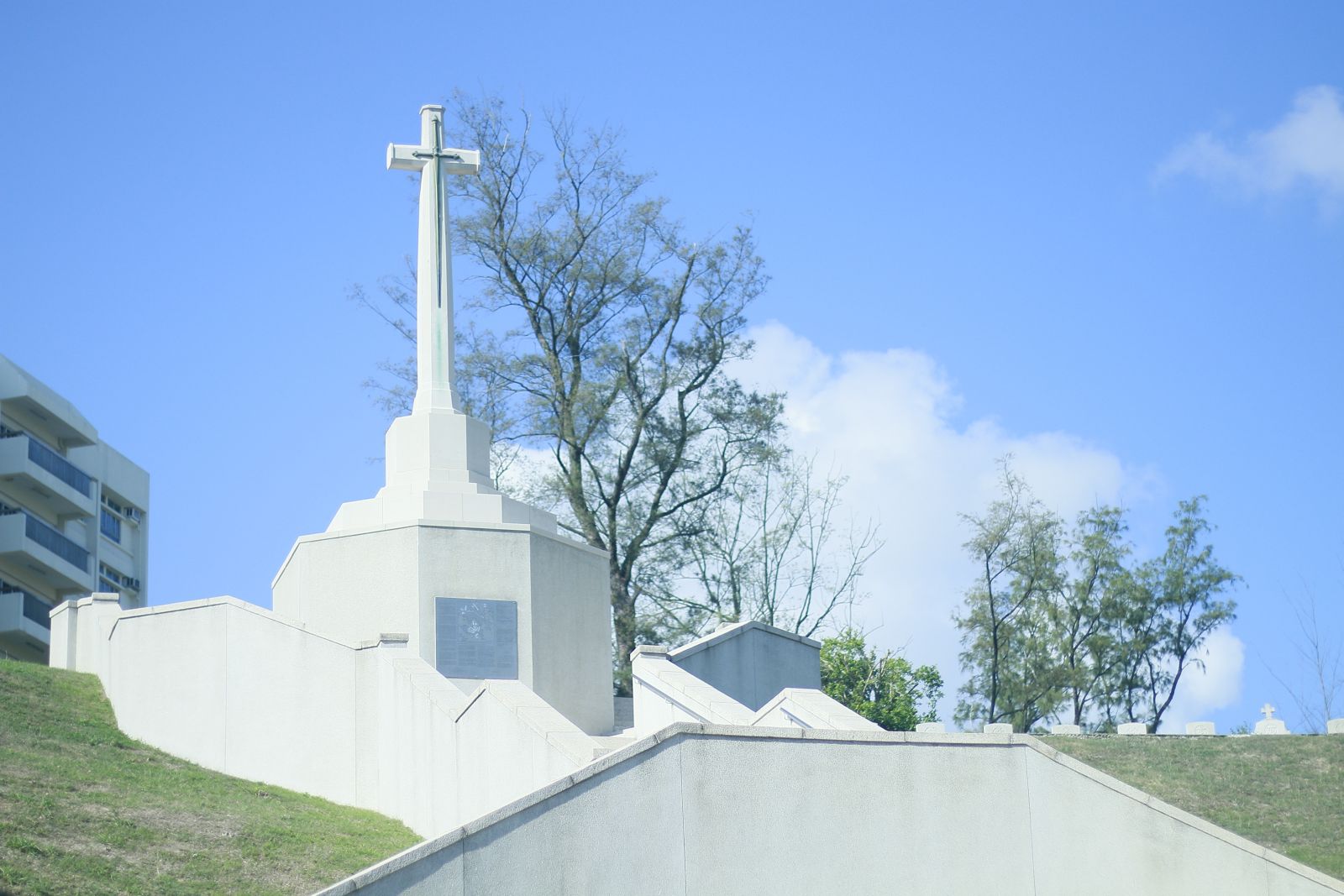
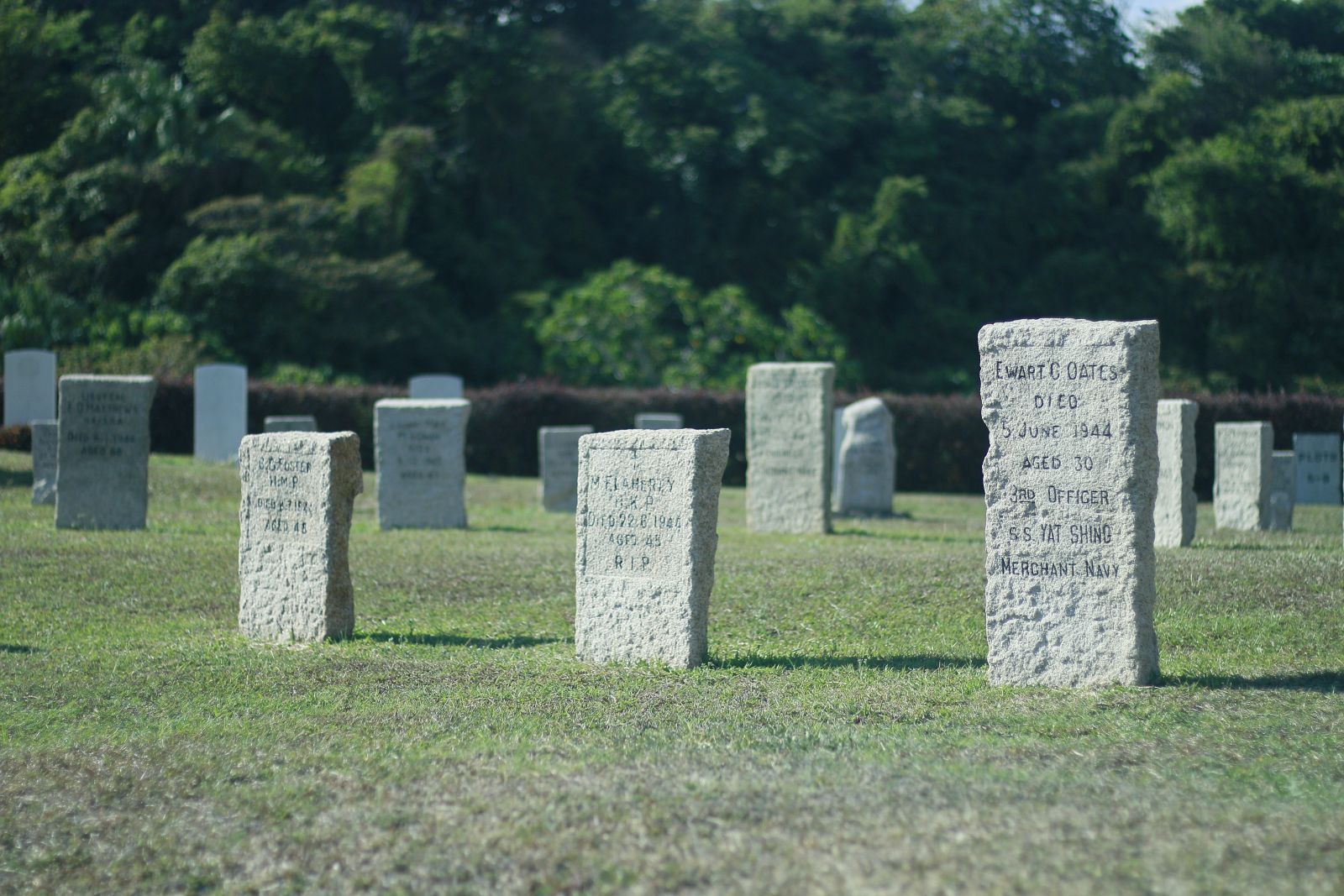
Built in 1841, before Hong Kong Island was ceded to Britain, the Stanley Military Cemetery served as a burial ground for members of the Hong Kong garrison and their families throughout the early colonial period. But why did the British choose Stanley as their burial ground? This decision was closely linked to their desire to establish a base in the most populated fishing village at the time, where almost one-third of the whole population of 7,500 people on Hong Kong Island resided. Most parts of the island were too hilly with little flat land for the British to develop, apart from Stanley. Additionally, they required significant manpower from the town to support their construction work. The colonial developers were indeed skilled at selecting prime locations.
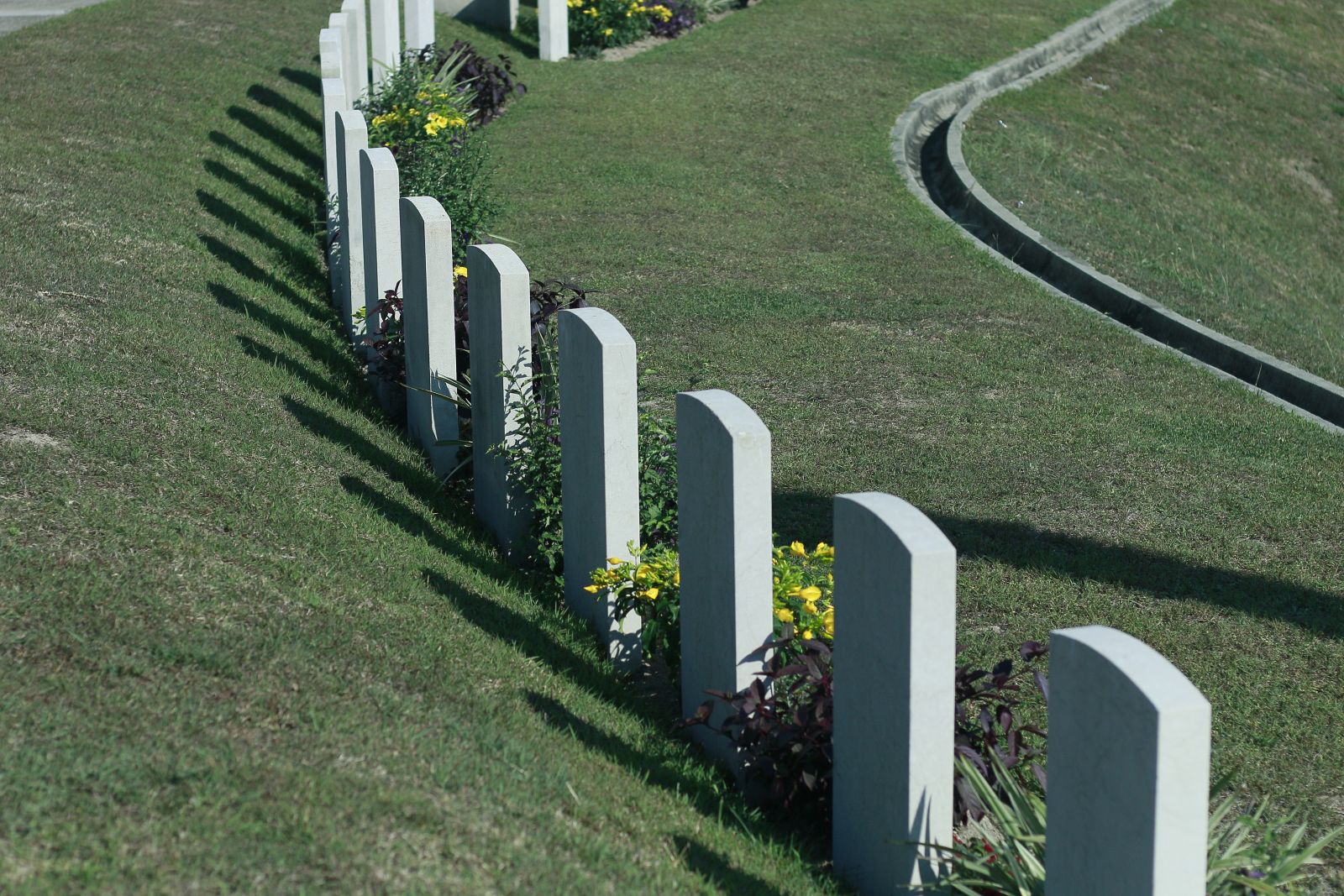
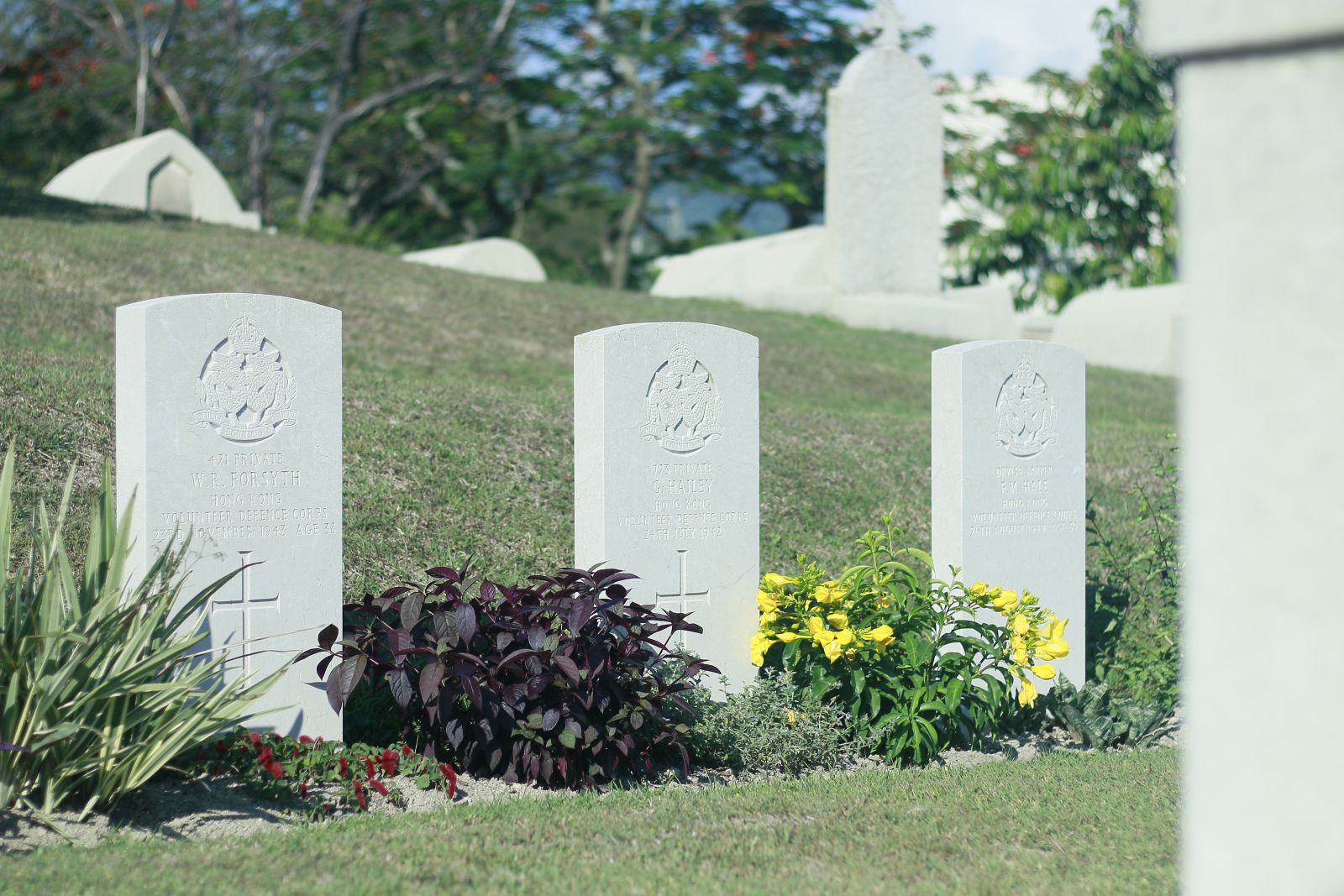
However, this colony was not the ideal destination for every British garrison member, as they encountered many challenges when settling into the village. In the days before air travel, they faced a dangerous and arduous journey crossing the ocean on boats for at least six months, and life did not get any easier once they arrived. The hot and humid weather and mosquitoes were two of the most difficult aspects of living in the area, which even led to deaths due to heat-related illnesses and malaria. “Why don’t you go to Hong Kong” was an insulting phrase used to highlight the challenging living conditions. Perhaps that is why many of the burials in the cemetery dating from the 1840s are of individuals who were barely in their twenties.
Misunderstandings between the two cultures did occur, leading the British to blame the locals for the spread of diseases and to keep their distance from them. As a result, they later earmarked Central as their base and transformed it into an administrative zone where most of the colonial heritage clustered (see St. John Cathedral & Former French Missionary Building). But how did they find the northern part of the island? Led by a villager named “Kwun” (群) from the Tanka community, an ethnic group that relied on water for their survival in the past, the British managed to explore the southern coast, which included Repulse Bay, Deepwater Bay, and Pokfulam. They then climbed the hill to reach the present-day Central area. The routes were even marked by granite steles, and one of the originals can still be found around Tai Tam Reservoir.
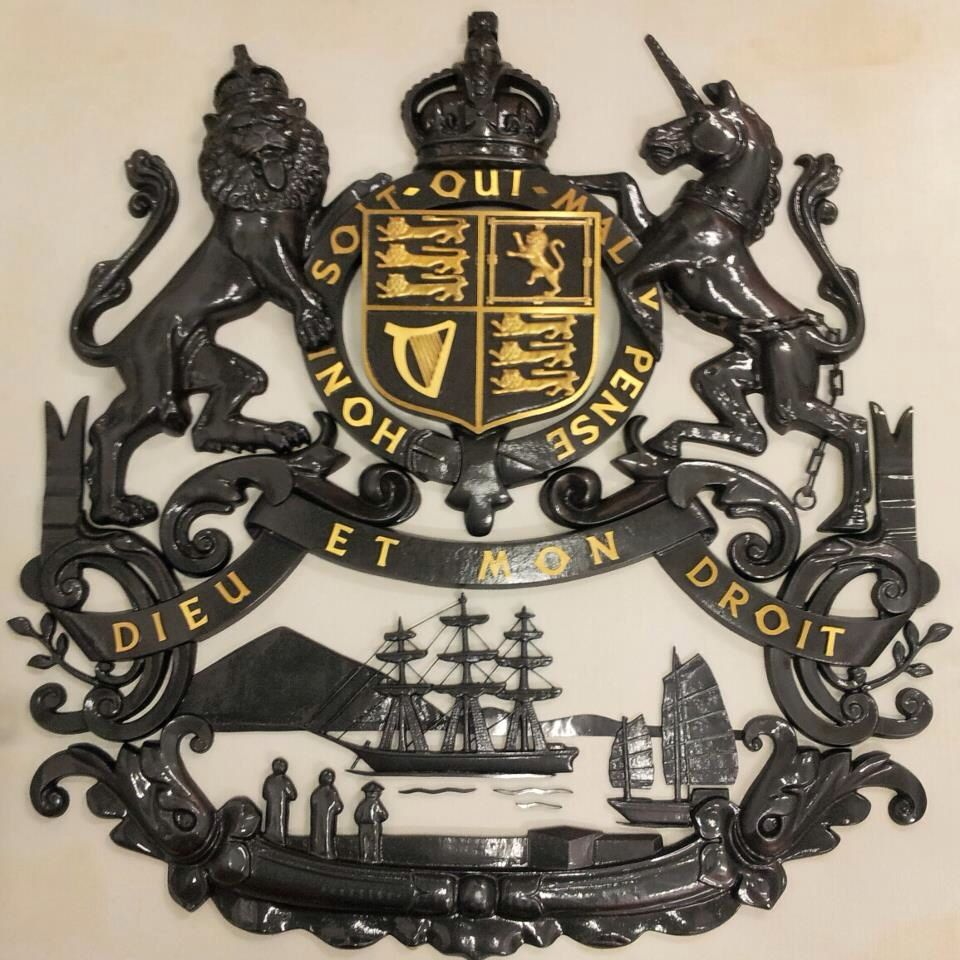
Have you ever wondered how Hong Kong got its name? It’s a simple story: when the Tankas were asked what the place was called, they pronounced it “Hong Kong” in their Tanka accent, and the British named the island accordingly. This “tour” highlights the most crucial time of the city's establishment, and its drawing has become an iconic symbol of the colonial period, appearing on various official badges.
1. Take bus route no. 6/66/260 from the Central (Exchange Square) Bus Terminus, which is only a 5-minute walk from the Central MTR Station.
2. Take minibus route no. 40 from Causeway Bay MTR Station Exit F1
